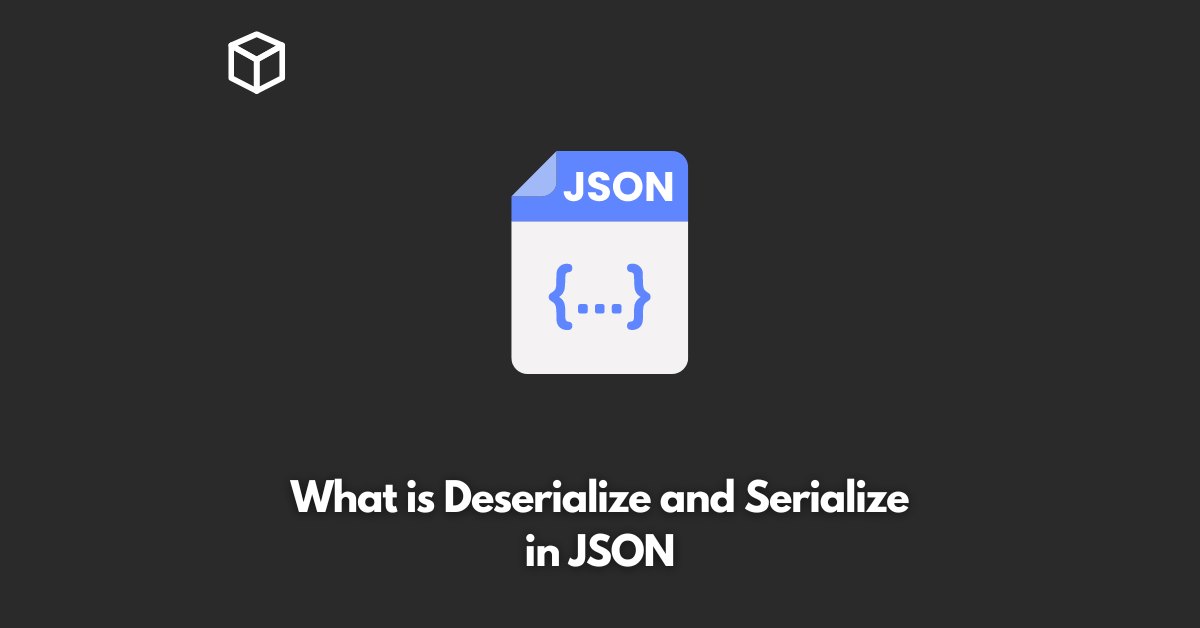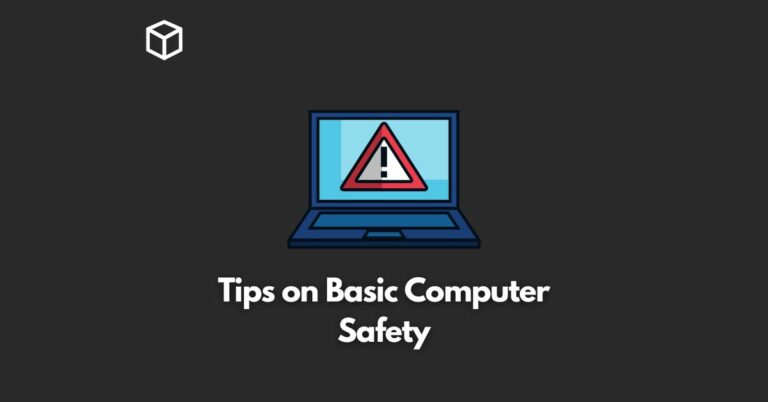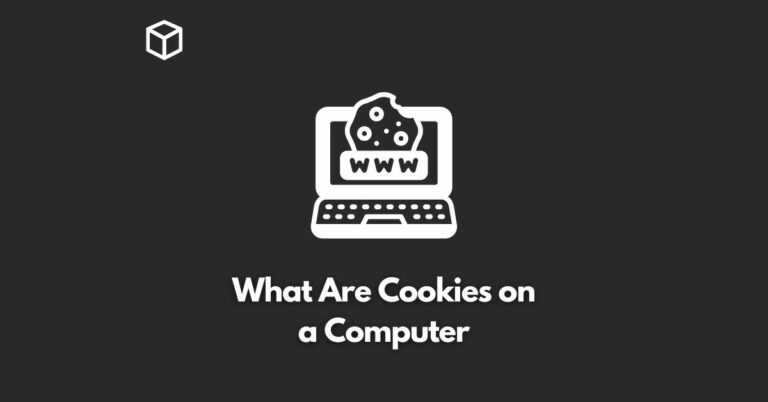JSON (JavaScript Object Notation) is one of the most popular data interchange formats used in web development.
It is lightweight, easy to read, and can be easily parsed and generated by both client-side and server-side programming languages.
JSON’s popularity has led to its widespread use for transmitting data between applications, services, and servers.
In this article, we will explore the concepts of serialization and deserialization in JSON, the benefits of using JSON, and the code examples in various programming languages.
What is JSON Serialization?
Serialization is the process of converting an object’s state to a string representation, which can then be saved to disk or transmitted over a network.
In the context of JSON, serialization refers to the process of converting an object’s state to a JSON string.
Why Serialize in JSON?
The main advantage of serializing an object in JSON is to store its state and retrieve it later, or to transmit it over a network.
Serialization in JSON allows developers to transmit complex data structures, such as arrays, dictionaries, and objects, between different systems, including web applications, mobile applications, and web services.
Code Examples of JSON Serialization:
Here is a simple example of serializing an object in JSON using Python:
import json
person = {
"first_name": "John",
"last_name": "Doe",
"age": 30,
"email": "[email protected]"
}
person_json = json.dumps(person)
print(person_json)
Output:
{"first_name": "John", "last_name": "Doe", "age": 30, "email": "[email protected]"}What is JSON Deserialization?
Deserialization is the reverse process of serialization, where a string representation of an object is converted back into a live object.
In the context of JSON, deserialization refers to the process of converting a JSON string into an object.
Why Deserialize in JSON?
Deserialization in JSON is useful when receiving data from a network or a file and converting it into an object in your programming language.
This allows you to process the data and use it in your application.
Code Examples of JSON Deserialization:
Here is a simple example of deserializing a JSON string in Python:
import json
person_json = '{"first_name": "John", "last_name": "Doe", "age": 30, "email": "[email protected]"}'
person = json.loads(person_json)
print(person)Output:
{'first_name': 'John', 'last_name': 'Doe', 'age': 30, 'email': '[email protected]'}Conclusion
JSON serialization and deserialization are important concepts in web development, as they allow developers to transmit complex data structures between different systems.
By understanding the basics of serialization and deserialization in JSON, developers can write more efficient and effective code.




